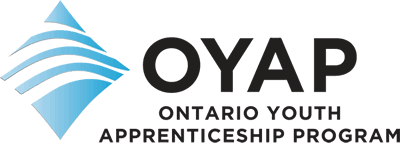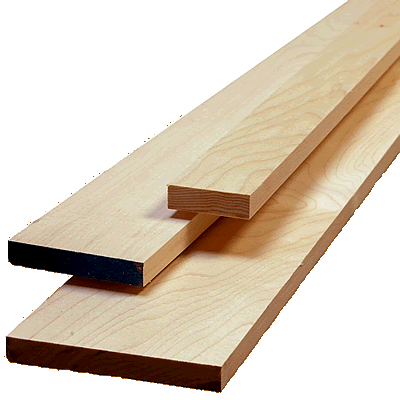 |
Can I start my apprenticeship while I am still in high school?
|
 |
Yes. OYAP gives students who are at least 16 years old and who have completed 16 credits the opportunity to earn a high school diploma while working towards an apprenticeship through a cooperative education placement. |
 |
Can a Grade 12 student apply for OYAP? |
 |
Yes. Grade 12 students may apply for regular co-op OYAP, or, in some cases, “accelerated” OYAP. |
 |
How long is the Ontario Youth Apprenticeship Program? |
 |
Students may start OYAP in Grade 11 or Grade 12. |
 |
Am I responsible for my own transportation to the workplace? |
 |
Yes, you are responsible. However, you will not be denied access to OYAP because you cannot afford the additional costs. Please see your Guidance Counsellor or Co-op Teacher for assistance. |
 |
What happens if I decide to leave the apprenticeship program? |
 |
You may find out that you are not suited to an apprenticeship. Depending on the timing within the school year, you may return to a regular program. If it is not possible to return to the regular program, you may be advised to complete the semester so that you do not lose your credits. |
 |
Am I protected with Workplace Safety Insurance coverage? |
 |
Yes. You are covered under WSIB by the Ministry of Education during the cooperative education placement. This coverage is documented in the form of a Work Education Agreement which is signed by the employer, student, parent and teacher prior to starting at your placement. When an OYAP student is paid, the employer is responsible for providing WSIB protection. |
 |
Will I be eligible for any exemption from “Basic Level In-School” training connected with my apprenticeship? |
 |
In-school training is usually delivered through a Community College or Training Delivery Agent contracted by the Ministry of Advanced Education and Skills Development . If a student completes Level 1 at a college or approved training delivery agent and passes, an exemption test is not required. The secondary school curriculum in some Ontario Youth Apprenticeship Programs is specifically designed to align with the in-school training requirements of the apprenticeship curriculum. Certain Ontario Youth Apprenticeship Programs allow students who complete OYAP to be exempt from the Basic Level as long as they achieve 70% on the Ministry of Advanced Education and Skills Development exemption test which they may take at the end of their program. |
 |
What are “Red Seal” trades? |
 |
55 skilled trades offer “Interprovincial Qualification” upon completion of the Certificate of Qualification. These trades offer the added bonus of recognition in other provinces and even in some other countries. Refer to www.red-seal.ca for more information. |
 |
Are students paid for their apprenticeship training? |
 |
Cooperative Education students are earning credits for work experience related to in-school curriculum. The focus is on credits, not wages. In rare cases, an employer may choose to pay the student an honorarium or wage, but this should never be expected. |
 |
Do the students need to have their own tools? |
 |
Students in OYAP do not usually have tools but once signed to an apprenticeship agreement and having made a commitment to the trades, they should be encouraged to pursue the “Loans for Tools” through the Ministry of Advanced Education and Skills Development and start to acquire the necessary tools. |
 |
Is the student guaranteed employment upon graduation? |
 |
No. The co-op employer is under no obligation to employ the student beyond the OYAP placement. The employer may hire the student if a position is available but in any case the student can use the experience and references in finding permanent employment upon graduation. |







There are over 150 skilled trades that involve apprenticeship training.
Click here to find out what they are






















